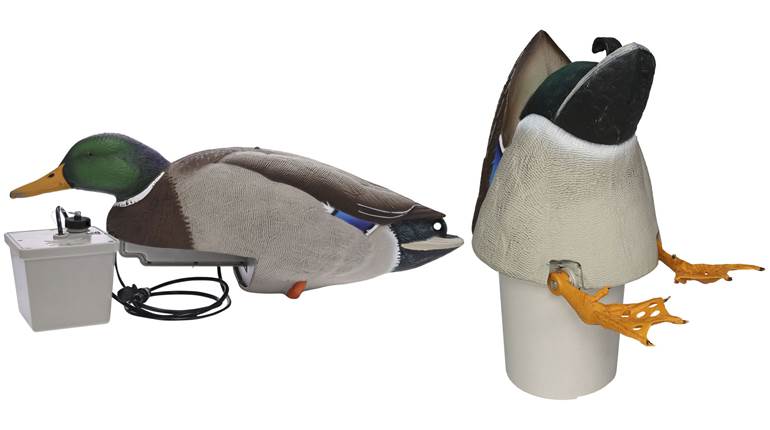
In 1857, when Oliver Winchester formed the New Haven Arms Co., he inherited the misfire-prone Volcanic lever-action. By 1860, though, plant superintendent Benjamin Tyler Henry had re-designed the Volcanic into the Henry Rifle, a reliable repeater that fired a specially developed .44 Henry (Flat) rimfire cartridge. Although its 28-gr. blackpowder charge and 200-gr. bullet only provided energy similar to the Colt 1860 Army revolver, the Henry had firepower, boasting “sixty shots a minute” (even though its magazine held only 15 rounds).

The Henry had loading and jamming issues, though. Thus, in 1866, Winchester introduced the “Improved Henry.” When his company became the Winchester Repeating Arms Co., that rifle became the first to be stamped “Winchester.” In 1873, it was renamed the Model 1866, because, as the late George Madis pointed out inThe Winchester Book, “Until the introduction of the Model 1873, the Model 1866 was the Winchester; there were no others.”

Like the Henry, the Model 1866 was chambered in .44 Henry rimfire. Thus, it—and not the Model 1873 in .44-40 Win., as widely postulated—was the first rifle to offer cartridge interchangeability with revolvers, as some Smith & Wesson No. 3s and Colt 1871-72 Open Tops were also chambered in .44 Henry rimfire. Another erroneous belief is that the Model 1866 was chambered only in .44 rimfire. After the emergence of the .44-40 Win. cartridge, some gunsmiths converted Model 1866s to .44 center-fires (but not .44-40, which wouldn’t feed in 1866 actions). Additionally, a few guns were factory-chambered in .44 Henry Center-fire (Flat). As Madis notes, “Model 1866s originally made as [center-fire] or factory converted to [center-fire] are rare.” With a total of 170,101 Model 1866s produced, fewer than 2,000 (including 1,020 sent to Brazil in 1891) were factory-chambered in .44 Henry Center-fire, beginning in 1873 and ending when the last Model ’66s were shipped in 1898.
This Third Model 1866 carbine in .44 Henry Center-fire was made in 1874, shortly after the introduction of the 1873 Winchester in .44-40 Win., as it made marketing sense for Winchester to “modernize” some of its unsold 1866s to .44 Henry Center-fire. This gun exhibits one of three factory techniques—threading a center-fire collar onto the rimfire bolt. Even in its 60 percent condition, showing much use but still retaining one section of its original three-piece cleaning rod in the butt, it is easily worth $8,500 to $10,000 due to its factory center-fire configuration.
Gun: Model 1866 Winchester Carbine—Third Model
Chambering: .44 Henry Center-fire (Flat)
Serial No: 118XXX F
Manufactured: 1874
Condition: NRA Very Good (Antique Gun Standards)
Value: $8,500 to $10,000
Note: Value reflects an original Winchester factory center-fire chambering. In .44 rimfire, or re-chambered by a non-factory gunsmith, a Third Model in this condition would be valued at $4,500 to $5,500.





































